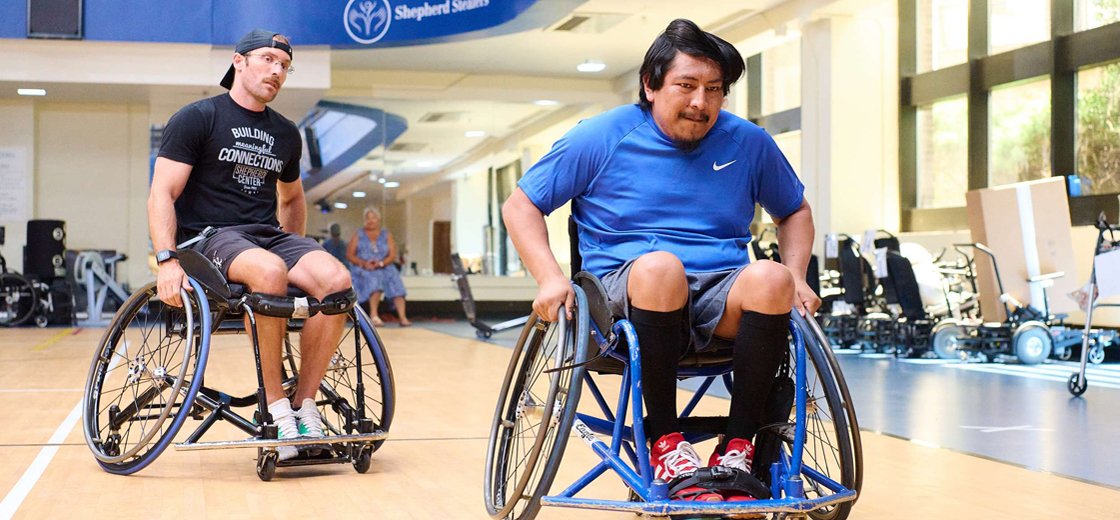Spinal Cord Injury
Knowing Spinal Cord Injury in Canada
Spinal cord injury (SCI) is certainly the most life-altering medical condition one could ever experience.It entails trauma to the spinal cord—a stout collection of nerves about 45 cm long—transmitting messages between the brain and the rest of the body.The nerve system that sustains life is encased by the vertebrae (spinal bones), but where damage is sustained, the result is devastating.

Signs and Symptoms of a Spinal Cord Injury
A spinal cord injury may cause numerous signs and symptoms, such as:
- Loss of movement or paralysis (paraplegia or tetraplegia, for example)
- Numbness or tingling in the arms and legs
- Weakness of muscles
- Loss of bladder or bowel control
- Trouble breathing
- Loss of sensation (pressure, pain, temperature)
- Difficulty moving around or maintaining balance
- Sexual dysfunction
All injuries cause loss of all motor and sensory functions below the level of injury. Incomplete injuries cause partial transmission of signals so there is some movement or sensation.
Common Causes of Spinal Cord Injuries in Canada
Spinal cord injury usually results from unexpected trauma. More than 4,300 Canadians experience spinal cord injury each year, and the majority are due to:
- Motor vehicle collisions
- Falls in elderly individuals
- Sport and recreational injuries
- Violence (such as gunshot discharge, assault)
- Medical or surgical complications
- Industrial accidents (particularly in hazardous industries such as construction)
What to Do After a Spinal Injury
If you think that a spinal injury is possible after a crash, you need to see a doctor at once. Even if no signs appear immediately, waiting could cause the injury to get worse.
Dial emergency numbers and don’t move the person if it can possibly be avoided.
Record everything—photograph the scene, collect witness names, and hold onto any physical evidence.
See a personal injury lawyer who handles spinal cord injury claims to find out what rights and compensation are yours.
You’re Rights under the Law after a Spinal Cord Injury in Canada
Establishing Responsibility
To get compensation, you’ll generally need to establish:
- The person who injured you owed you a duty of care.
- They violated the duty by a wrongful or negligent act.
- The violation directly caused your injury.
- You incurred measurable losses, such as medical expenses, lost income, or pain.
Motor Vehicle Accidents and No-Fault Benefits
In Ontario and other provinces, accident victims are automatically covered by Statutory Accident Benefits (SABS) regardless of fault. Some of these benefits include:
- Medical and rehabilitation costs
- Income replacement
- Attendant care
Depending on the extent of your injury (e.g., complete SCI), you might qualify for greater benefits. You might also sue the at-fault party in a tort action for:
- Pain and suffering
- Future cost of care
- Loss of income or capacity to earn
What can You Claim?
Economic Damages
- Medical expenses
- Rehabilitation
- Loss of income
Non-Economic Damages
- Pain and suffering
- Mental distress
- Loss of quality of life
Future Losses
- Long-term care
- Future loss of income
- Future cost of treatment
Out-of-Pocket Expenses
- Wheelchairs
- Braces
- Transportation
Family Claims
Family members have a right to sue for loss of care, guidance, or companionship under Ontario’s Family Law Act
Limitation Periods in Canada
In all but a few provinces, you have to sue for a personal injury within 2 years of the accident date or date of discovery of the injury.
If the injured person is a minor, the time normally begins when he or she becomes 18.
If your lawsuit is against a municipality (for example, defective public property), notice will normally have to be provided between 10 and 60 days.
Insurance and Government Benefits
You may also be eligible for other assistance such as:
- Canada Pension Plan (CPP) Disability Benefits
- Long-Term Disability Insurance (LTD) (private or employer plans)
- WSIB (Workplace Safety and Insurance Board) if the injury is work-related
- Provincial schemes of aid (e.g., ODSP in Ontario, AISH in Alberta)
Compensation Limits
The Supreme Court of Canada has placed a limit on general damages for pain and suffering at approximately $430,000 (2024, indexed to inflation).
There is no cap on economic damages such as future medical expenses or lost earnings.
Seeking Legal Aid for Spinal Cord Injury Claims
Spinal injuries can be complicated, and the price—emotional, physical, and financial—can be staggering. Having a skilled personal injury attorney on your side can be a blessing.
A Good Lawyer Will:
- Make sure your injury is accurately defined (e.g., catastrophic)
- Maximize your disability and insurance benefits
- Negotiate with insurance companies
- Defend you in court if necessary
- Assist you to get a fair and just settlement
Spinal cord injury in one’s life is a significant adaptation. Although money can’t turn time back, adequate compensation can bring the care, therapy, and support required to rebuild one’s life. If you or the one you love obtained a spinal injury in Canada due to another’s carelessness, don’t wait—consult a doctor and a lawyer immediately.
